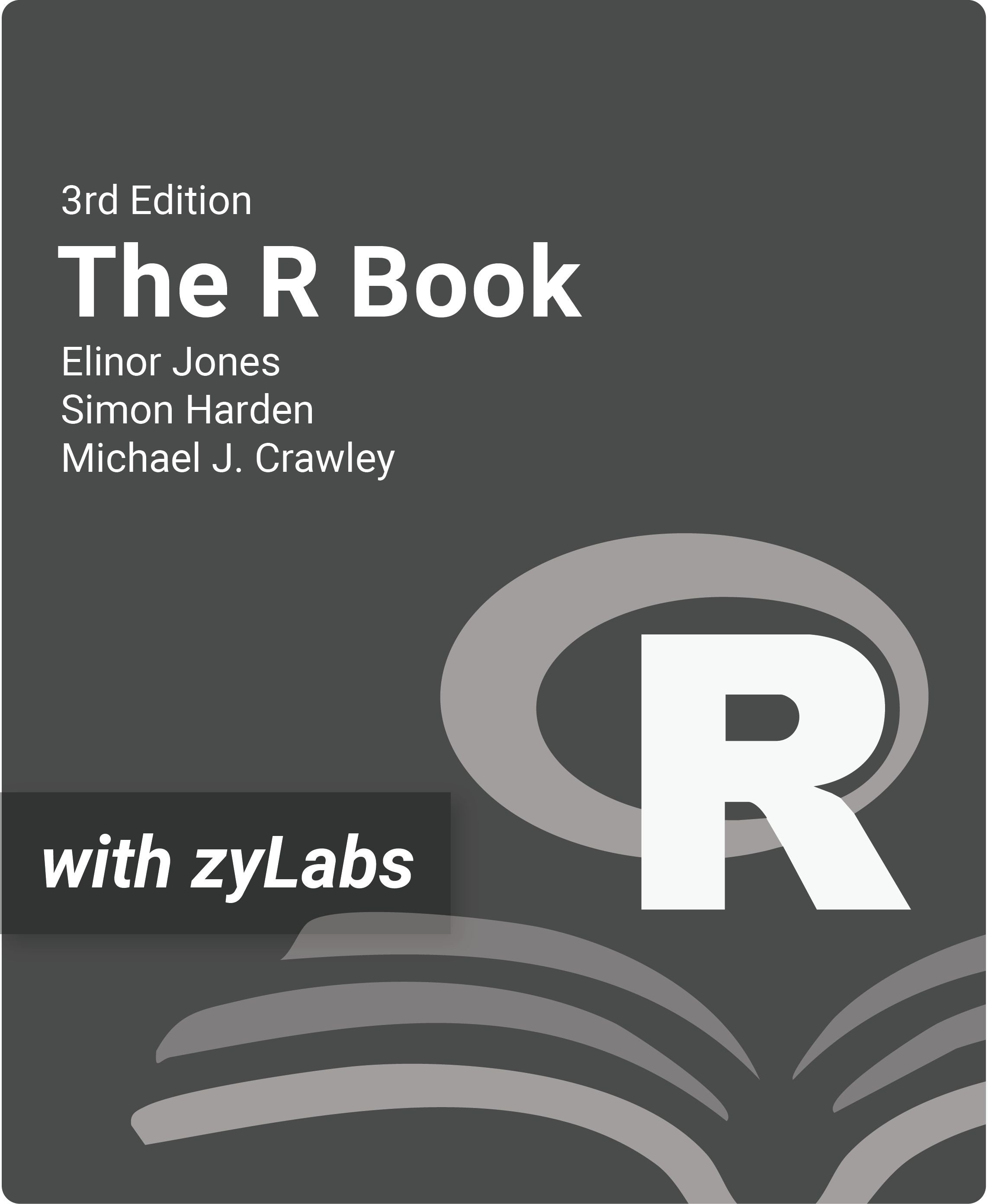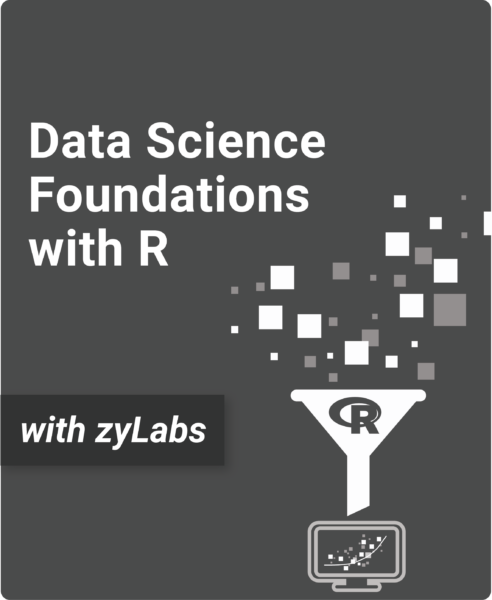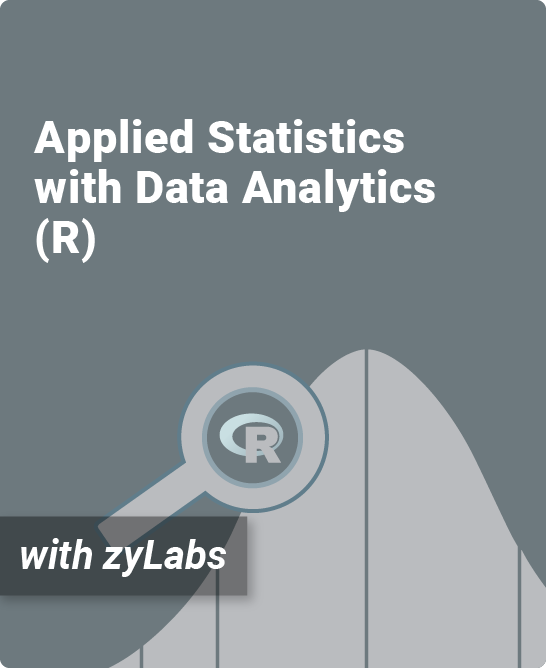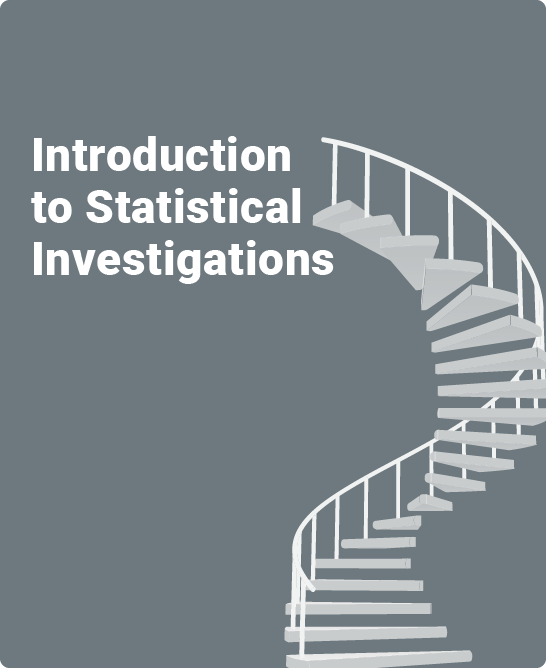Table of Contents
1. Getting Started
1.1 Navigating the book
1.2 R vs. RStudio
1.3 Installing R and RStudio
1.4 Using RStudio
1.5 The comprehensive R archive network
1.6 Packages in R
1.7 Getting help in R
1.8 Good housekeeping
1.9 Linking to other computer languages
1.10 References
2. Technical Background
2.1 Mathematical functions
2.2 Matrices
2.3 Calculus
2.4 Probability
2.5 Statistics
2.6 Reference
3. Essentials of the R Language
3.1 Calculations
3.2 Naming objects
3.3 Factors
3.4 Logical operations
3.5 Generating sequences
3.6 Class membership
3.7 Missing values, infinity, and things that are not numbers
3.8 Vectors and subscripts
3.9 Working with logical subscripts
3.10 Vector functions
3.11 Matrices and arrays
3.12 Random numbers, sampling, and shuffling
3.13 Loops and repeats
3.14 Lists
3.15 Text, character strings, and pattern matching
3.16 Dates and times in R
3.17 Environments
3.18 Writing R functions
3.19 Structure of R objects
3.20 Writing from R to a file
3.21 Tips for writing R code
3.22 References
4. Data Input and Dataframes
4.1 Working directory
4.2 Data input from files
4.3 Data input directly from the web
4.4 Built‐in data files
4.5 Dataframes
4.6 Using the match() function in dataframes
4.7 Adding margins to a dataframe
5. Graphics
5.1 Plotting principles
5.2 Plots for single variables
5.3 Plots for showing two numeric variables
5.4 Plots for numeric variables by group
5.5 Plots showing two categorical variables
5.6 Plots for three (or more) variables
5.7 Trellis graphics
5.8 Plotting functions
5.9 References
6. Graphics in More Detail
6.1 More on colour
6.2 Changing the look of graphics
6.3 Adding items to plots
6.4 The grammar of graphics and ggplot2
6.5 Graphics cheat sheet
6.6 References
7. Tables
7.1 Tabulating categorical or discrete data
7.2 Tabulating summaries of numeric data
7.3 Converting between tables and dataframes
7.4 Reference
8. Probability Distributions in R
8.1 Probability distributions: The basics
8.2 Probability distributions in R
8.3 Continuous probability distributions
8.4 Discrete probability distributions
8.5 The central limit theorem
8.6 References
9. Testing
9.1 Principles
9.2 Continuous data
9.3 Discrete and categorical data
9.4 Bootstrapping
9.5 Multiple tests
9.6 Power and sample size calculations
9.7 A table of tests
9.8 References
10. Regression
10.1 The simple linear regression model
10.2 The multiple linear regression model
10.3 Understanding the output
10.4 Fitting models
10.5 Checking model assumptions
10.6 Using the model
10.7 Further types of regression modelling
10.8 References
11. Generalised Linear Models
11.1 How GLMs work
11.2 Count data and GLMs
11.3 Count table data and GLMs
11.4 Proportion data and GLMs
11.5 Binary response variables and GLMs
11.6 Bootstrapping a GLM
11.7 References
12. Generalised Additive Models
12.1 Smoothing example
12.2 Straightforward examples of GAMs
12.3 Background to using GAMs
12.4 More complex GAM examples
12.5 References
13. Mixed-Effect Models
13.1 Regression with categorical covariates
13.2 An alternative method: random effects
13.3 Common data structures where random effects are useful
13.4 R packages to deal with mixed effects models
13.5 Examples of implementing random effect models
13.6 Generalised linear mixed models
13.7 Alternatives to mixed models
13.8 References
14. Non-Linear Regression
14.1 Example: Modelling deer jaw bone length
14.2 Example: Grouped data
14.3 Self‐starting functions
14.4 Further considerations
14.5 References
15. Survival Analysis
15.1 Handling survival data
15.2 The survival and hazard functions
15.3 Modelling survival data
15.4 References
16. Designed Experiments
16.1 Factorial experiments
16.2 Pseudo‐replication
16.3 Contrasts
16.4 References
17. Meta-Analysis
17.1 Elements of a meta‐analysis
17.2 Meta‐analysis in R
17.3 Examples
17.4 Meta‐analysis of categorical data
17.5 References
18. Time Series
18.1 Moving average
18.2 Blowflies
18.3 Seasonal data
18.4 Multiple time series
18.5 Some theoretical background
18.6 ARIMA example
18.7 Simulation of time series
18.8 Reference
19. Multivariate Statistics
19.1 Visualising data
19.2 Multivariate analysis of variance
19.3 Principal component analysis
19.4 Factor analysis
19.5 Cluster analysis
19.6 Hierarchical cluster analysis
19.7 Discriminant analysis
19.8 Neural networks
19.9 References
20. Classification and Regression Trees
20.1 How CARTs work
20.2 Regression trees
20.3 Classification trees
20.4 Looking for patterns
20.5 References
21. Spatial Statistics
21.1 Spatial point processes
21.2 Geospatial statistics
21.3 References
22. Bayesian Statistics
22.1 Components of a Bayesian analysis
22.2 Bayesian analysis in R
22.3 Examples
22.4 MCMC for a model with binomial errors
22.5 References
23. Simulation Models
23.1 Temporal dynamics
23.2 Spatial simulation models
23.3 Temporal and spatial dynamics: Random walk
23.4 References
R is one of the leading programming languages for data scientists.
The R Book offers a comprehensive guide to programming in R, plus new animations and integrated live coding to help researchers in various fields.
- A thorough introduction to fundamental concepts in statistics and step-by-step roadmaps to their implementation in R
- Comprehensive explorations of worked examples in R
- A complementary companion website with downloadable datasets that are used in the book
- In-depth examination of essential R packages
- Latest edition offers instruction on the use of the RStudio GUI, an easy-to-use environment for those new to R
What is a zyVersion?
zyVersions are leading print titles converted and adapted to zyBooks’ interactive learning platform, allowing for a quick and easy transition to an engaging digital experience for instructors and students.
zyBooks’ web-native content helps students visualize concepts to learn faster and more effectively than with a traditional textbook. Check out our research.
Since 2012, over 1,800 academic institutions have adopted digital zyBooks to transform their STEM education.
zyBooks benefits both students and instructors:
- Instructor benefits
- Customize your course by reorganizing existing content, or adding your own content
- Continuous publication model updates your course with the latest content and technologies
- Robust reporting gives you insight into students’ progress, reading and participation
- Save time with auto-graded labs and challenge activities that seamlessly integrate with your LMS gradebook
- Student benefits
- Learning questions and other content serve as an interactive form of reading
- Instant feedback on labs and homework
- Concepts come to life through extensive animations embedded into the interactive content
- Save chapters as PDFs to reference the material at any time
In this 90-second video, zyBooks Content Developer Pamela Fellers shows how R programming seamlessly integrates with content.
Authors
Elinor Jones, PhD
Professor (Teaching), Department of Statistical Science, University College London
Simon Harden, PhD
Retired Professor, Department of Statistical Science, University College London
Michael J. Crawley, FRS
Professor Emeritus of Plant Ecology, Imperial College London



